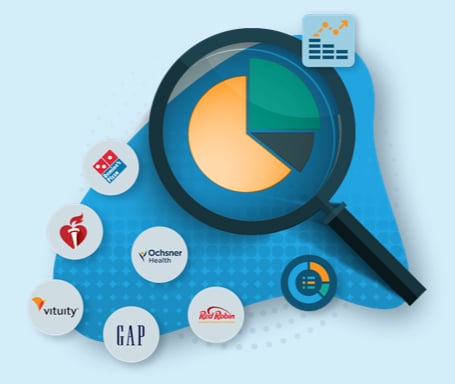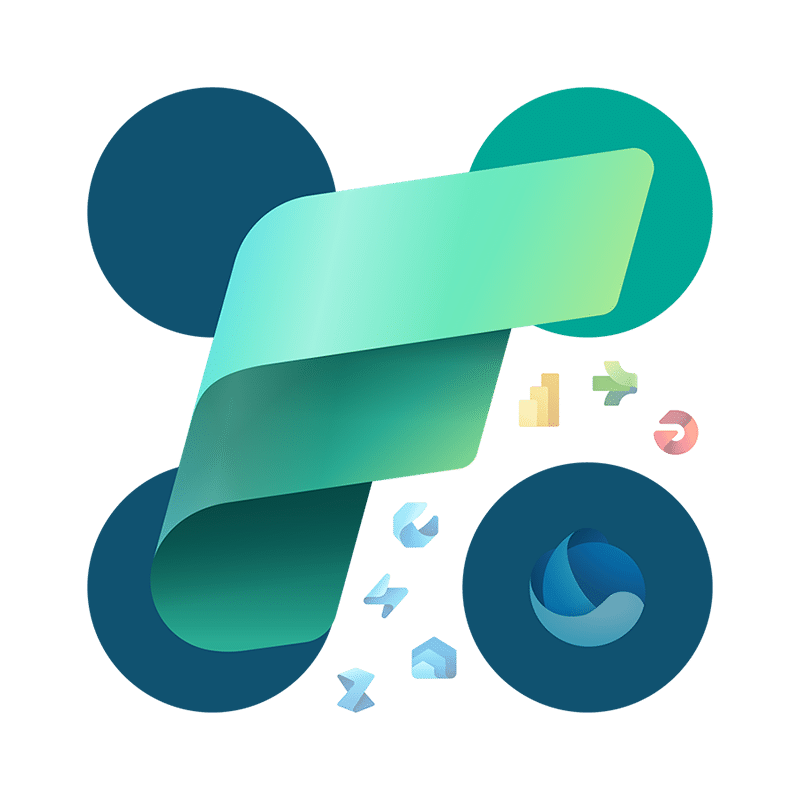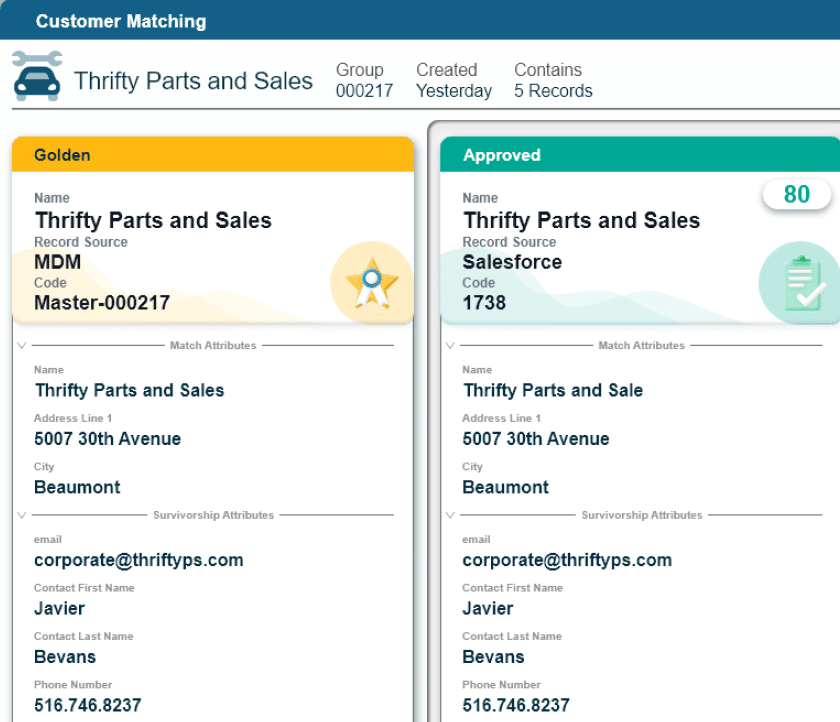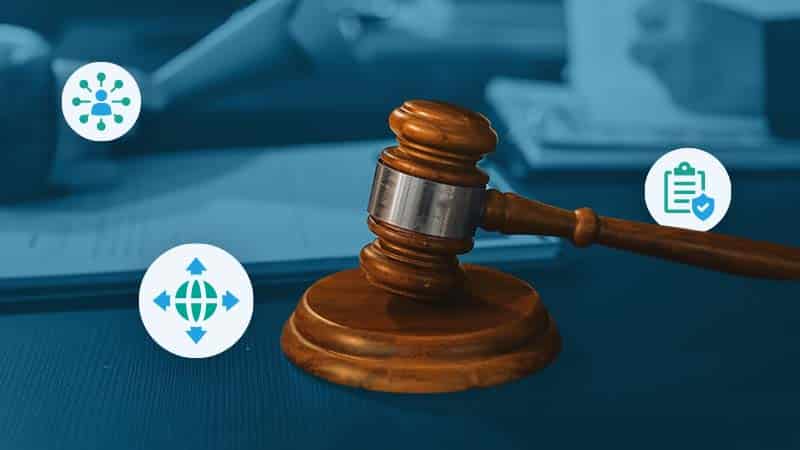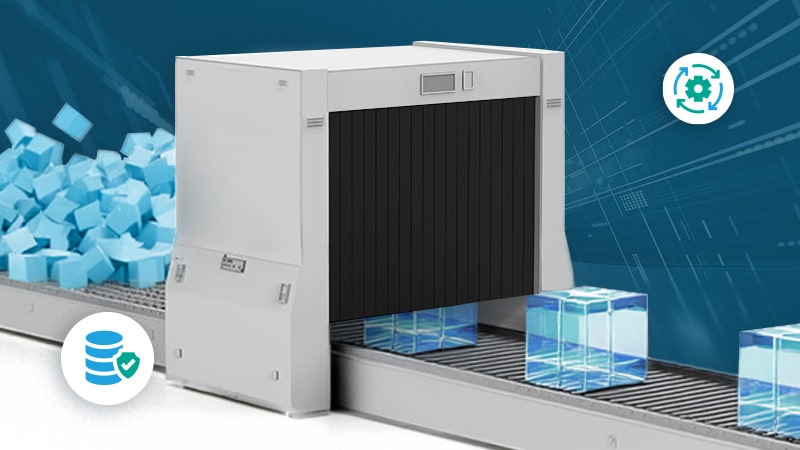Table of Contents
- What Is a Data Governance Strategy?
- Why You Should Have a Data Governance Strategy
- Building Your Own Data Governance Strategy
- What Is a Data Governance Roadmap?
- Building a Data Governance Roadmap
- Data Governance Strategy Example
- Starting Your Own Data Governance Program
- Go Beyond Data Governance Strategy
Key Takeaways
Data governance strategy uses the company priority and the chosen data governance framework to outline how the data governance program will work.
Identifying and listening to stakeholders and communicating the strategy is key to company-wide buy-in.
As you learn more about how data governance works in practice for your organization, leave room for flexible improvements.
As you build a data governance program, you need documentation to guide the team by reminding them what a successful project looks like and by pinpointing measurements of success. This article will take you through the steps to a successful data governance strategy and help you build a workable data governance roadmap for your projects.
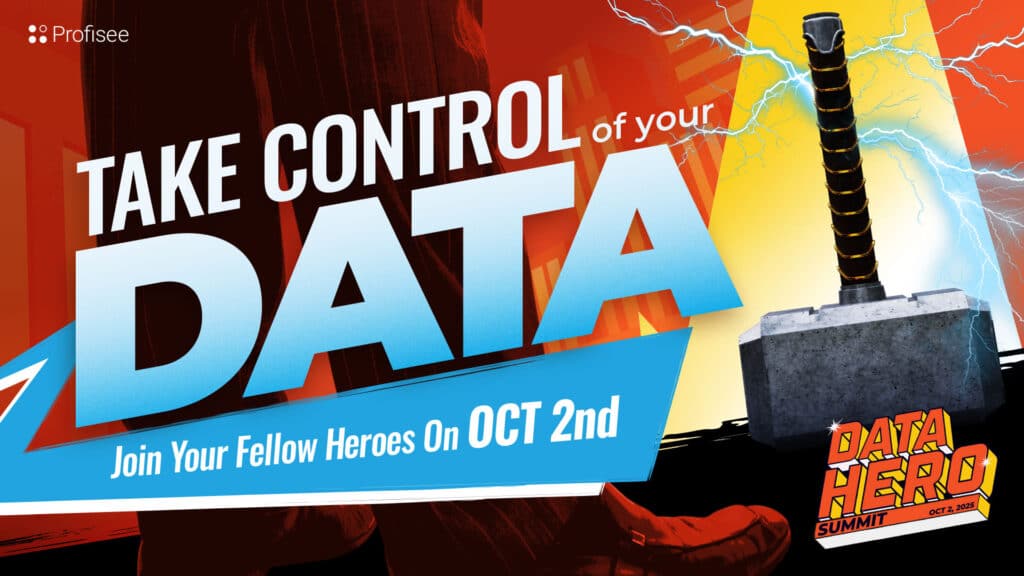
The 2025 Data Hero Summit
What Is a Data Governance Strategy?
A data governance strategy is a plan that defines the goals, actions and reporting that determine a successful data program. The strategy should align data policies and procedures with business goals and stakeholder needs while ensuring consistent use and distribution of data across the organization.
Why You Should Have a Data Governance Strategy
Data governance affects every corner of the enterprise. Take the time to define the plan by thinking through the ways that the company currently uses data and how the ideal future state of that data will benefit the business.
A successful data governance strategy…
- Guides planning for the first and all future data projects, providing a document to follow in times of change or uncertainty.
- Limits scope creep that will inevitably threaten the core principles of the project when business teams want to chase the newest shiny-object project.
- Defines the data governance framework, meaning that it provides the scope for the initial project and the rules, processes and people who execute it.
- Promotes regulatory adherence through strategic standardization of data use, storage and retention.
- Aligns business and data strategy continuity within documents that persist beyond stakeholder succession or attrition.
By planning, documenting and publishing the data governance strategy, business teams and IT must communicate to make sure everyone’s moving in the same direction — toward the company’s priorities.
Building Your Own Data Governance Strategy
Your data governance strategy will be as unique as your business because it starts and ends with business priorities. Although the execution may look different for each organization, every data governance strategy should follow these five steps.
1. Identify Business Goals
What’s the top-line business priority that the data governance project will be tied to? That may be as simple as decreased waste or increased revenue, or it might include more detailed guidance. Choose a company priority that the entire team can rally around and that affects business at every level. This will make the project appeal to stakeholders, making them more likely to buy in.
2. Define the First Project
Your initial project will require research and conversations across the enterprise to understand which project has a high likelihood of success, makes a significant business impact and balances that impact with the relative project lift. While a better lead tracking system may improve the sales department’s workday, manufacturing and design probably won’t see the fruits of your labor. Consider a master data management (MDM) project for your first project, as improving the reliability of your golden record data has wide-reaching consequences.
3. Stakeholders
Identify stakeholders for every line of business or department that will touch, add data to or be affected by the initial data governance project. Look beyond departmental leaders for your recruits. Sometimes the stakeholders who hold the most influence or can provide the deepest insights come from the individual contributor ranks. These folks work with the data in question daily, can attest to the project’s ability to improve their work and can advocate for the project up and down the org chart.
4. Reporting/Analysis
Once you outline the project, its goal and its stakeholders, start defining the metrics you’ll use to measure success. Agree upon these metrics prior to starting the project and plan the systems the team will use to track, report on and analyze the success of the project.
It’s worth noting that defining specific KPIs makes sense for some programs but not for others. In cases where there are clearly defined goals — for example, standardizing data across five ERP systems — KPIs might be a good idea. In other cases where goals are not quite as clear, data governance can help lay the data foundation necessary for creating specific KPIs in the future.
5. Communication
Plan your communication strategy to achieve maximum buy-in across the organization. Consider bringing your marketing or PR teams into the room with the stakeholder group to help with messaging for each department or branch of the business. Answer these questions:
- Why do data governance? Go back to that top-line company priority. Consider how it affects each team’s contribution to that priority.
- How will it happen? Give an overview of the initial project, how it affects each department and what they can expect to contribute.
- Who does it? Publish stakeholders, who to go to for questions and who will be doing the work.
- When will it happen? Provide your data governance roadmap (explained in the next section) and build a plan to communicate setbacks.
Consider whether each department should receive an individualized presentation, who will help present the information and how far in advance of the first project you will publicize the strategy.
What Is a Data Governance Roadmap?
The data governance roadmap details the steps and timeline expected to implement the data government strategy. It lists the practical actions that each department, stakeholder and contributor will take to achieve the goal. It will also include deadlines for each step in the project, who’ll be reporting on success and solutions for known contingencies.
Building a Data Governance Roadmap
The data governance roadmap should align directly with the project, but you should resist the urge to map too far in front of your headlights. For example, if the team has three major data initiatives planned, mapping beyond the first project puts undue pressure on the project team to adhere to arbitrary deadlines. The first project will require calibration to reach the goal, or the goal may need adjusting based on new information learned during the project.
That said, use the data governance strategy and framework to support metric goals within the first project’s roadmap. Map dependencies, stakeholders, scope of work and potential deadlines, and review and adjust within stakeholder meetings as needed.
Data Governance Strategy Example
A mid-size logistics company needs to improve its standing in a competitive marketplace. The company plans to increase growth by 20% over the next 12 months. Data governance plays a major role in this initiative, as it will, amongst other outcomes:
- Unify data across the organization
- Reduce revenue loss due to errors
- Improve decision-making and efficiency
- Improve customer satisfaction with increased visibility and a more tailored approach
To gauge the effectiveness of the new data governance program, the company chose measurable KPIs within customer satisfaction and retention, order fulfillment time, data accuracy and employee training.
The company combined the Information Systems Success Model (ISSM) as well as the Data Governance Framework (DGF) to guide the strategy. These resulting data governance frameworks reduced data entry errors by 30% and improved user satisfaction scores by 25%. In addition, the company sidestepped regulatory fines or data breaches by implementing regulation-compliant security.
Starting Your Own Data Governance Program
Want to spearhead a data governance program at your organization? Get ready for some careful research and planning. Documentation of critical business data, ideal data states and projected outcomes will set you up for success. Here are five things to remember:
- Get Aligned: Decide which business goal or company priority will guide your strategy.
- Get Connected: Find the stakeholders who hold the keys to your success. Rely on trusted team members to augment the planning.
- Get Organized: Draw up a plan and publish your findings with stakeholders, executives and any interested party to increase buy in.
- Get Integrated: Find the right technology for the job. Master data management is a good place to start for any data governance strategy, as it helps manage data integration and cleansing.
- Get Results: Results don’t mean much if you don’t report them! Communicate with the stakeholders and the wider company on the success and learnings from the project. This will build enthusiasm for the next round.
Go Beyond Data Governance Strategy
Creating a data governance strategy is a crucial step in building a successful data governance program as part of a larger data management initiative, but it alone will not make your DG program a success. Adopting the right data governance framework, using a solid data governance software tool and tying it all together with MDM will allow you to fully capitalize on your data governance strategy and start delivering tangible business results.
Guide: The What, Why and How of Data Governance

Tamara Scott
Tamara Scott is a writer, editor and content strategist with over a decade of experience located in Nashville, TN. Tamara holds a Master's in English from Belmont University, formerly served as Director of Content for TechRepublic, and her work has appeared in ServerWatch and EPI-USE.com, among others. When she's not crafting SEO-informed and conversion-ready content for SaaS and IT service companies, she's probably at home on her pottery wheel. Connect with her on LinkedIn.
